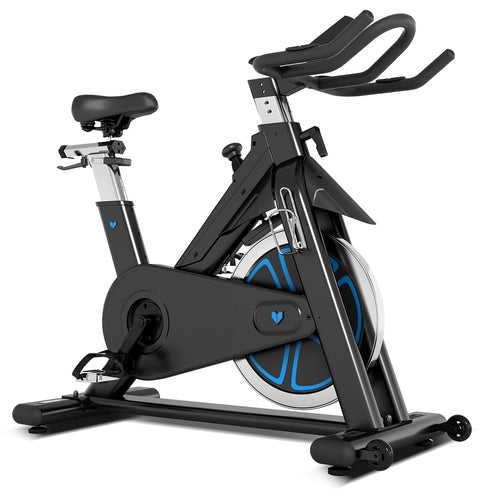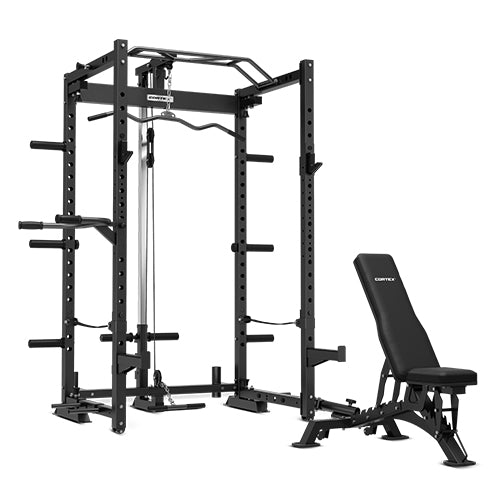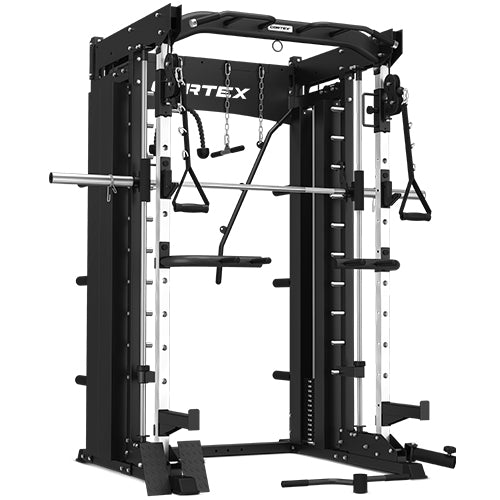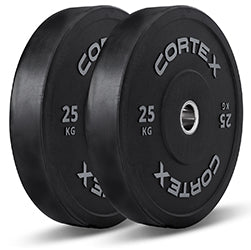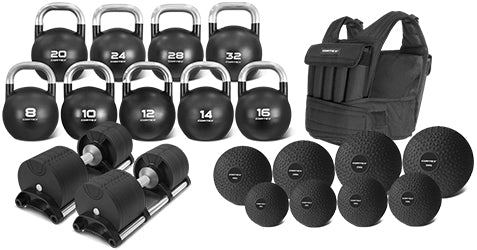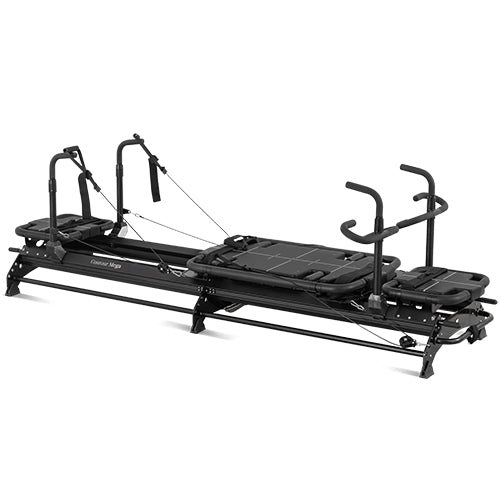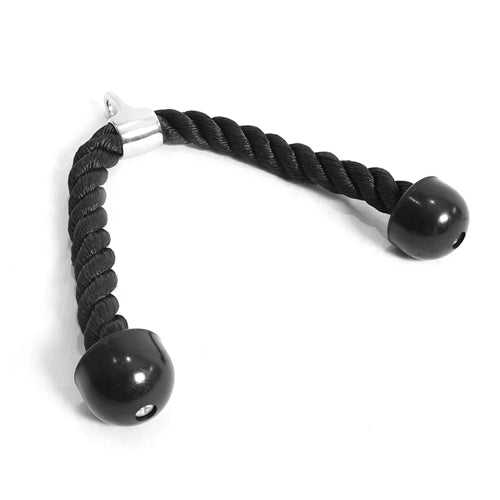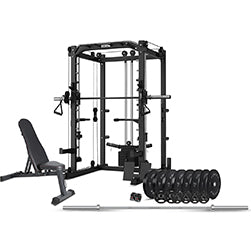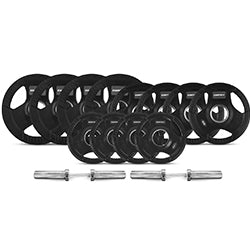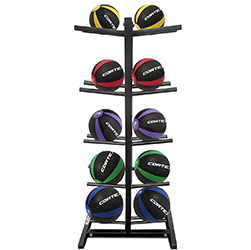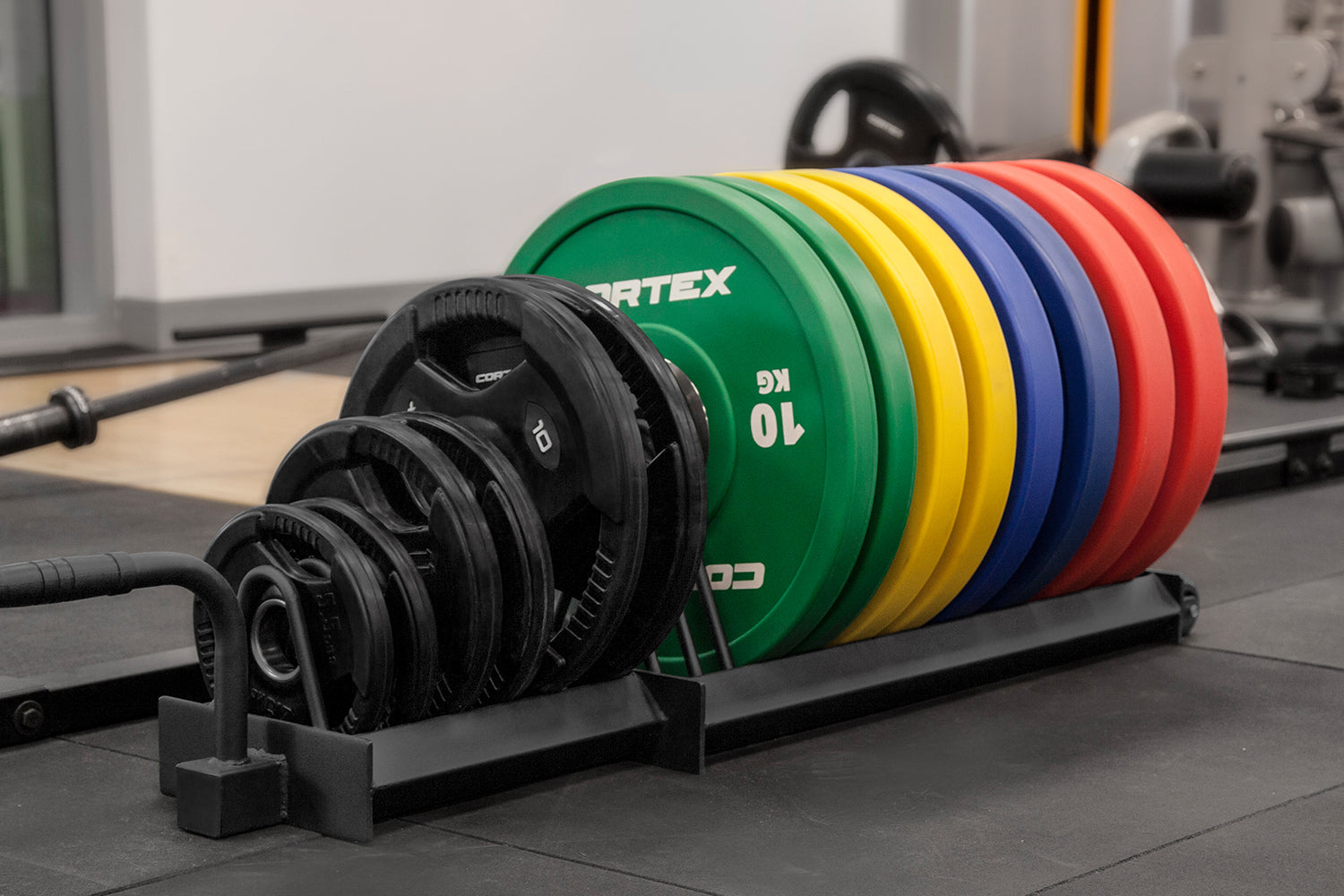

Deloading in weight training is a strategic practice involving the intentional reduction of workout intensity or volume for a designated period, serving as a way to enhance training and fitness performance without sacrificing gains. This approach, characterised by temporarily lowering weights, reps or both, provides the body with crucial recovery time, preventing burnout and reducing the risk of overtraining. Deloading acts as a pre-emptive measure to avoid plateaus, injuries and mental fatigue, contributing to sustainable and progressive fitness journeys. By incorporating deload weeks, individuals can optimize strength, endurance and muscle gains in the long run, making it a valuable strategy for both seasoned lifters and those new to weight training. This guide will delve into the nuances of deloading, including when and why to implement it, the associated benefits, and practical tips for executing an effective deload week.
Understanding Deloading

Deloading is typically considered when individuals experience accumulated fatigue, stagnation in performance, or signs of overtraining. The purpose of deloading is to allow the body to recover and adapt, preventing burnout and minimising the risk of injuries. Signs that signal the need for a deload week include persistent fatigue, decreased motivation, and a plateau in strength gains. However, common misconceptions surrounding deloading, such as viewing it as a step backward or fearing muscle loss, need clarification. Deloading is, in fact, a strategic step forward, providing a foundation for sustained progress and improved overall fitness performance.
Benefits of deloading
The benefits of deloading in weight training are multifaceted, making it a valuable practice for individuals seeking optimal physical and mental well-being. First and foremost, deloading is instrumental in promoting recovery by allowing the body to recuperate from accumulated stress and fatigue. This recovery phase is crucial for repairing muscle tissues and replenishing energy stores, ultimately enhancing long-term performance. Deloading acts as a preventive measure against burnout and injury, as it mitigates the risk of overtraining by providing a necessary break from intense workouts. Additionally, incorporating deload weeks into a training regimen has been shown to improve motivation levels, combating mental fatigue and maintaining enthusiasm for fitness goals. By strategically implementing deloading periods, individuals can experience enhanced overall well-being, reduce the likelihood of injuries, and sustain long-term motivation in their fitness journey.
How to properly deload

When incorporating deloading into your workout routine, evaluate how you can gradually adjust the intensity, reps, and weight load to reduce the overall stress on your body. This might entail using lighter weights, performing fewer sets and reps, or incorporating more rest days. The key is to maintain a level of exertion that allows for recovery without causing additional strain. You should also consider the duration of the recovery period, as this can vary based on individual factors such as fitness level, age, and overall health. Some may benefit from a week of reduced intensity, while others might find that a longer or shorter deload period is more suitable. Recognise that everyone is different, and what works for one person may not be optimal for another. Listening to your body, being attuned to signs of fatigue, and adjusting your deloading strategy accordingly are crucial aspects of a personalised and effective approach to deloading in weight training.
Deloading Workout

Here's an example of how you can transition from a regular weights workout to incorporating a deload training period:
Regular Weights Workout:
Day 1-3:
- - Squat: 4 sets x 8-10 reps
- - Bench Press: 3 sets x 8-12 reps
- - Deadlift: 3 sets x 6-8 reps
- - Overhead Press: 3 sets x 10-12 reps
- - Pull-ups: 3 sets x max reps
Deload Training Period:
Day 4-7 (Deload Week):
- - Squat: 2 sets x 5 reps (reduce weight by 40-50%)
- - Bench Press: 2 sets x 6 reps (reduce weight by 40-50%)
- - Deadlift: 2 sets x 4 reps (reduce weight by 40-50%)
- - Overhead Press: 2 sets x 8 reps (reduce weight by 40-50%)
- - Pull-ups: 2 sets x half of max reps
During the deload week, focus on lighter weights, fewer sets, and reduced overall volume. The aim is to maintain movement patterns and engage in active recovery without pushing your body to its limits. This approach allows your muscles and central nervous system to recuperate, setting the stage for continued progress in the following weeks. Remember, the key is to listen to your body and adjust the deload parameters based on your individual needs and response to the reduced intensity.
Click here for more examples of dumbbell exercises, or here for a guide on how to use a cable crossover.
Conclusion

Deloading, as discussed in this comprehensive guide, is a beneficial strategy for preventing burnout, reducing injury risks, and optimising long-term performance. By incorporating deload periods strategically, you can properly harness improved recovery, sustained motivation and overall well-being. Lifespan Fitness understands the unique needs of individuals on their fitness journeys and is here to provide guidance and support. Whether you're a seasoned athlete or just starting your fitness adventure, the thoughtful incorporation of deloading into your routine can contribute to a healthier, more sustainable approach to achieving your fitness goals. Lifespan Fitness is committed to assisting you in navigating the intricacies of your fitness journey and ensuring that your workout routines align with your individual needs and aspirations.









